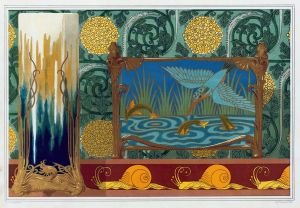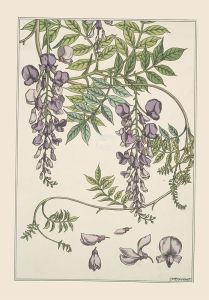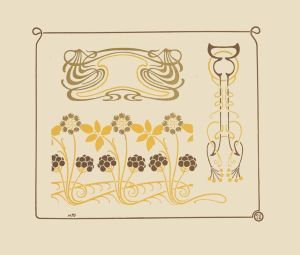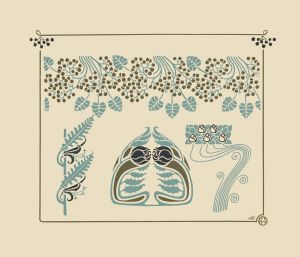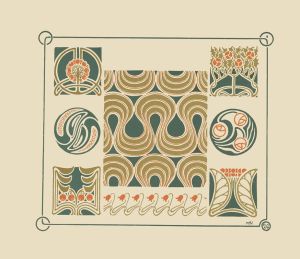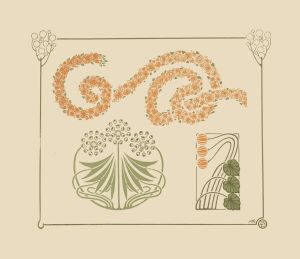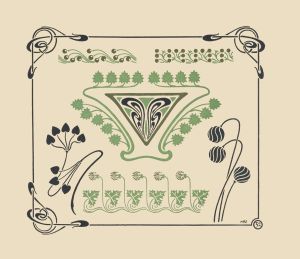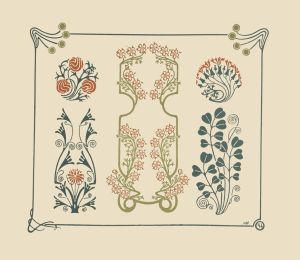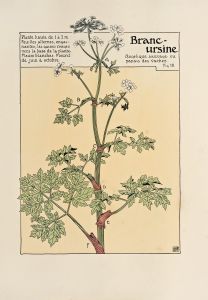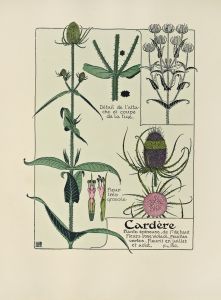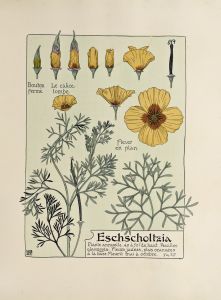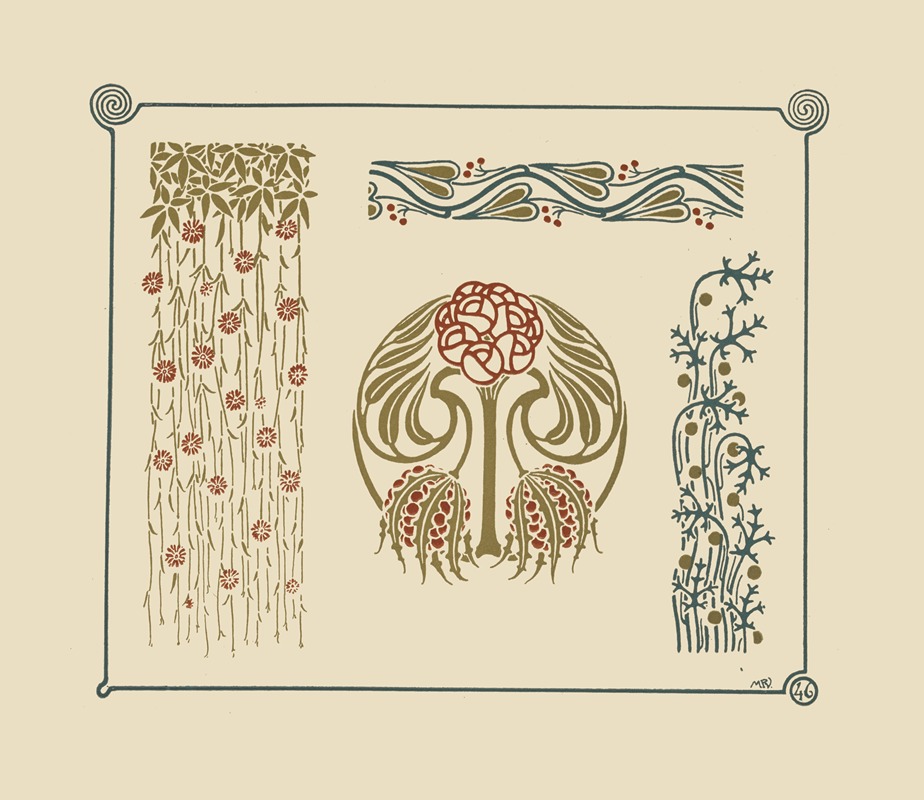
Abstract design based on flowers and berries
A hand-painted replica of Maurice Pillard Verneuil’s masterpiece Abstract design based on flowers and berries, meticulously crafted by professional artists to capture the true essence of the original. Each piece is created with museum-quality canvas and rare mineral pigments, carefully painted by experienced artists with delicate brushstrokes and rich, layered colors to perfectly recreate the texture of the original artwork. Unlike machine-printed reproductions, this hand-painted version brings the painting to life, infused with the artist’s emotions and skill in every stroke. Whether for personal collection or home decoration, it instantly elevates the artistic atmosphere of any space.
Maurice Pillard Verneuil was a prominent French artist and designer known for his contributions to the Art Nouveau movement. Born in 1869, Verneuil's work is characterized by its intricate patterns and vibrant use of color, often drawing inspiration from natural forms such as plants, flowers, and animals. His designs were influential in the decorative arts during the late 19th and early 20th centuries.
"Abstract design based on flowers and berries" is one of Verneuil's notable works, showcasing his ability to blend natural motifs with abstract forms. This piece exemplifies the Art Nouveau style, which sought to break away from the rigid structures of traditional art by emphasizing organic forms and flowing lines. Verneuil's design captures the essence of this movement through its stylized representation of flowers and berries, which are depicted in a harmonious and rhythmic pattern.
The artwork reflects Verneuil's mastery in creating decorative compositions that are both aesthetically pleasing and functionally versatile. His designs were often used in various applications, including textiles, wallpapers, and ceramics, making them accessible to a wide audience. This particular piece likely served as a design template for such applications, demonstrating Verneuil's skill in creating patterns that could be seamlessly repeated across different surfaces.
Verneuil's work was heavily influenced by his contemporaries and the broader cultural movements of his time. The Art Nouveau movement, which emerged in the late 19th century, was characterized by its emphasis on natural forms and its rejection of the industrial age's mechanistic approach to art and design. Artists like Verneuil sought to bring art into everyday life, creating designs that were both beautiful and functional.
In "Abstract design based on flowers and berries," Verneuil employs a palette of rich, earthy tones that evoke the natural world. The composition is dynamic, with swirling lines and interlocking shapes that create a sense of movement and vitality. The flowers and berries are stylized, with exaggerated forms that highlight their decorative potential. This abstraction allows the viewer to appreciate the underlying structure and rhythm of the design, rather than focusing solely on the representation of specific botanical elements.
Verneuil's approach to design was also informed by his interest in various artistic traditions and techniques. He was known to draw inspiration from Japanese art, which was highly influential in the development of Art Nouveau. The Japanese aesthetic, with its emphasis on simplicity, asymmetry, and the beauty of natural forms, can be seen in Verneuil's work, including this piece.
Throughout his career, Verneuil published several influential books and portfolios that showcased his designs and provided inspiration for other artists and designers. His work was widely exhibited and remains highly regarded for its contribution to the decorative arts. "Abstract design based on flowers and berries" is a testament to Verneuil's artistic vision and his ability to transform natural motifs into timeless works of art.
In summary, Maurice Pillard Verneuil's "Abstract design based on flowers and berries" is a quintessential example of Art Nouveau design, characterized by its organic forms, vibrant colors, and harmonious composition. The piece reflects Verneuil's skill in creating decorative art that is both beautiful and functional, embodying the ideals of the movement and leaving a lasting impact on the world of design.





